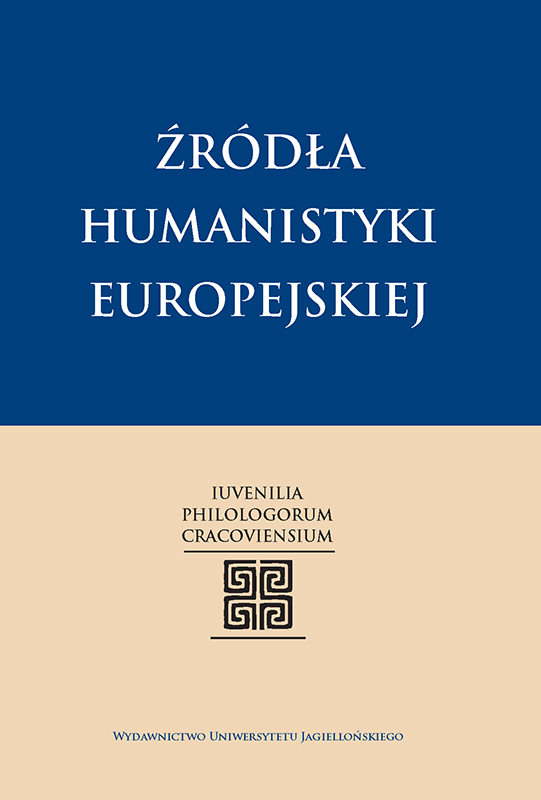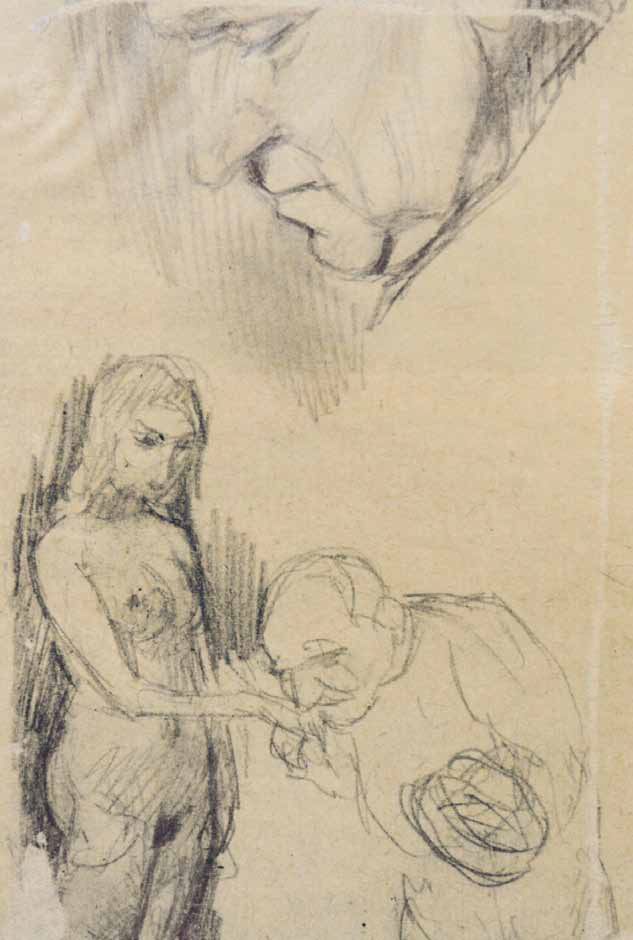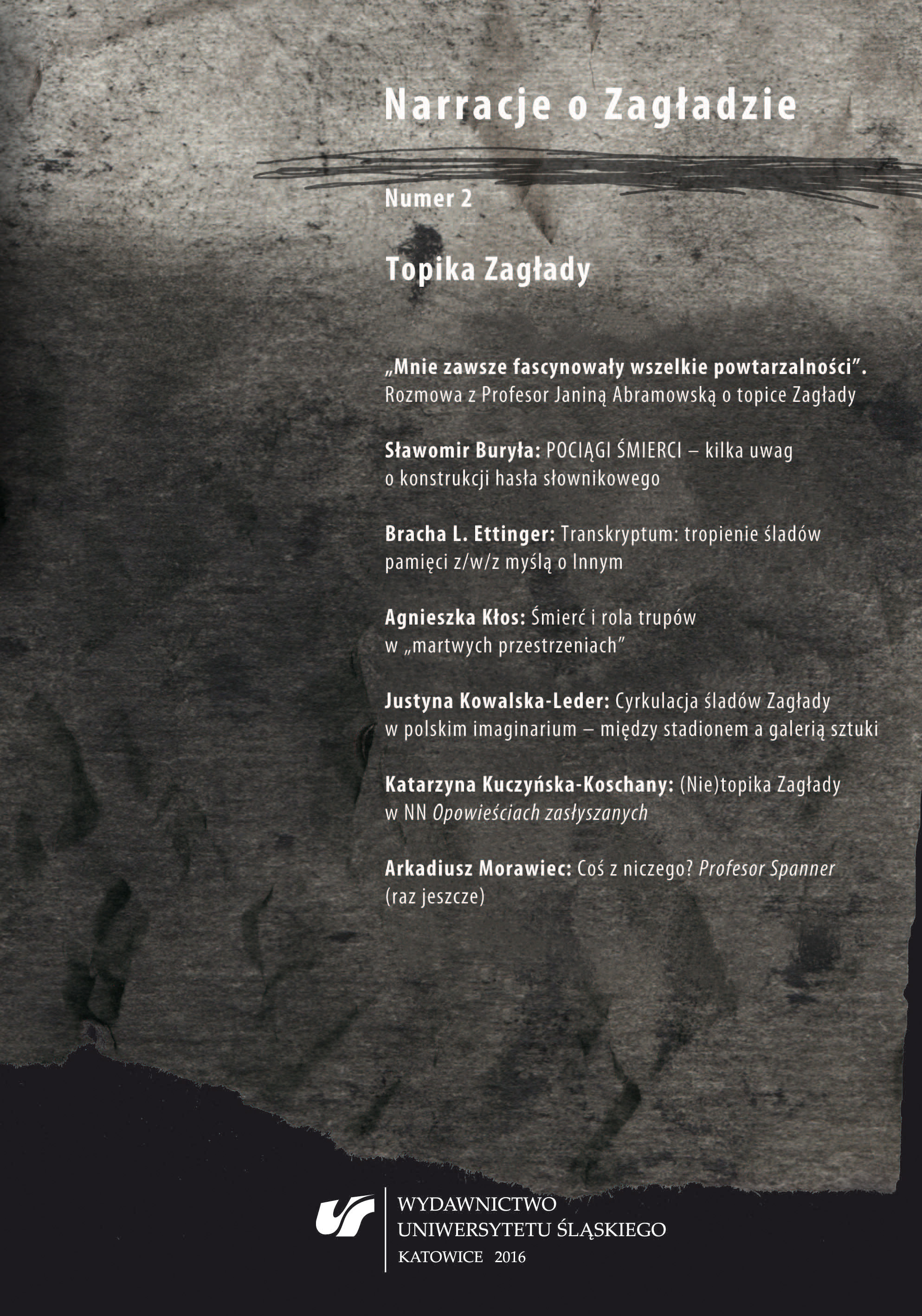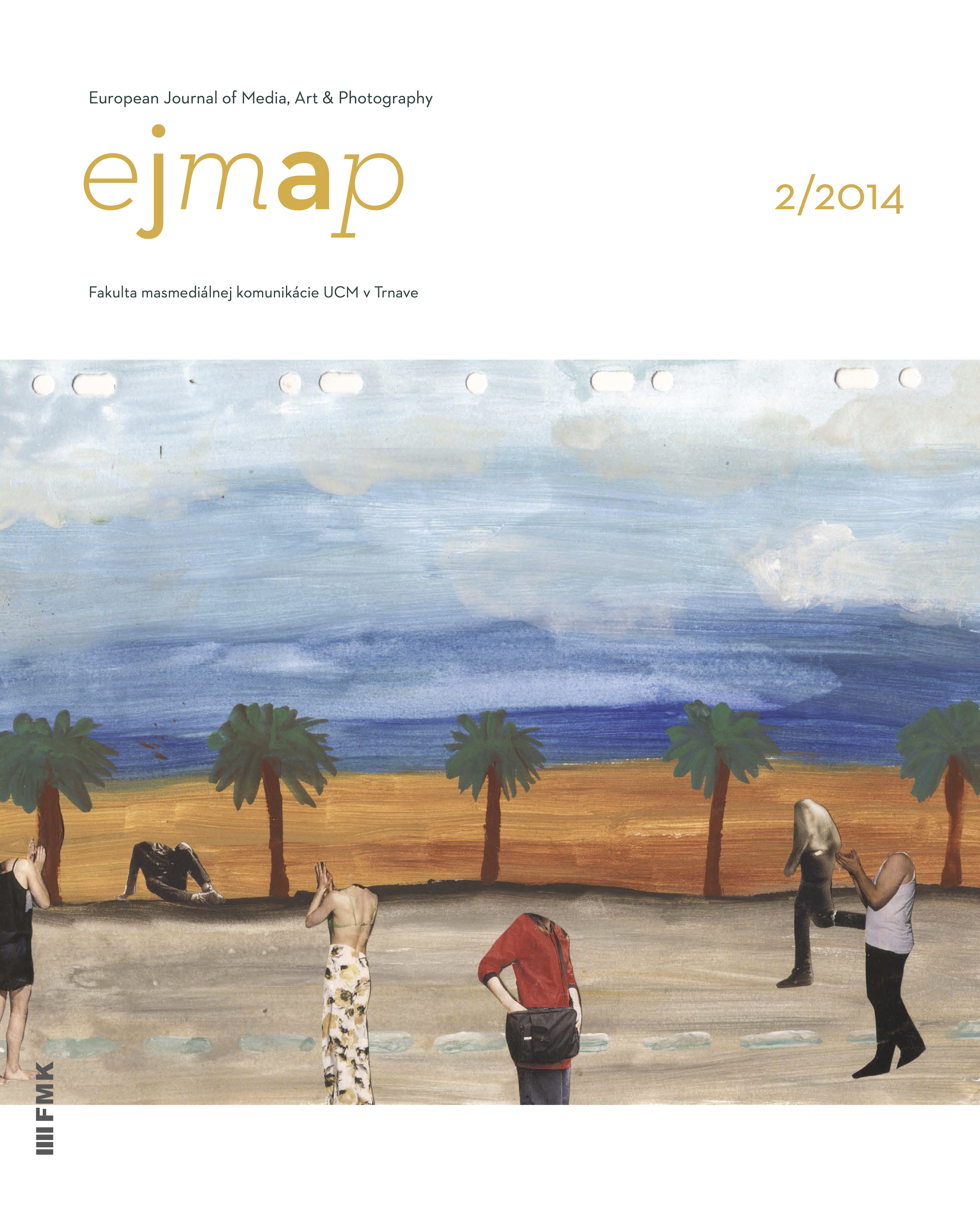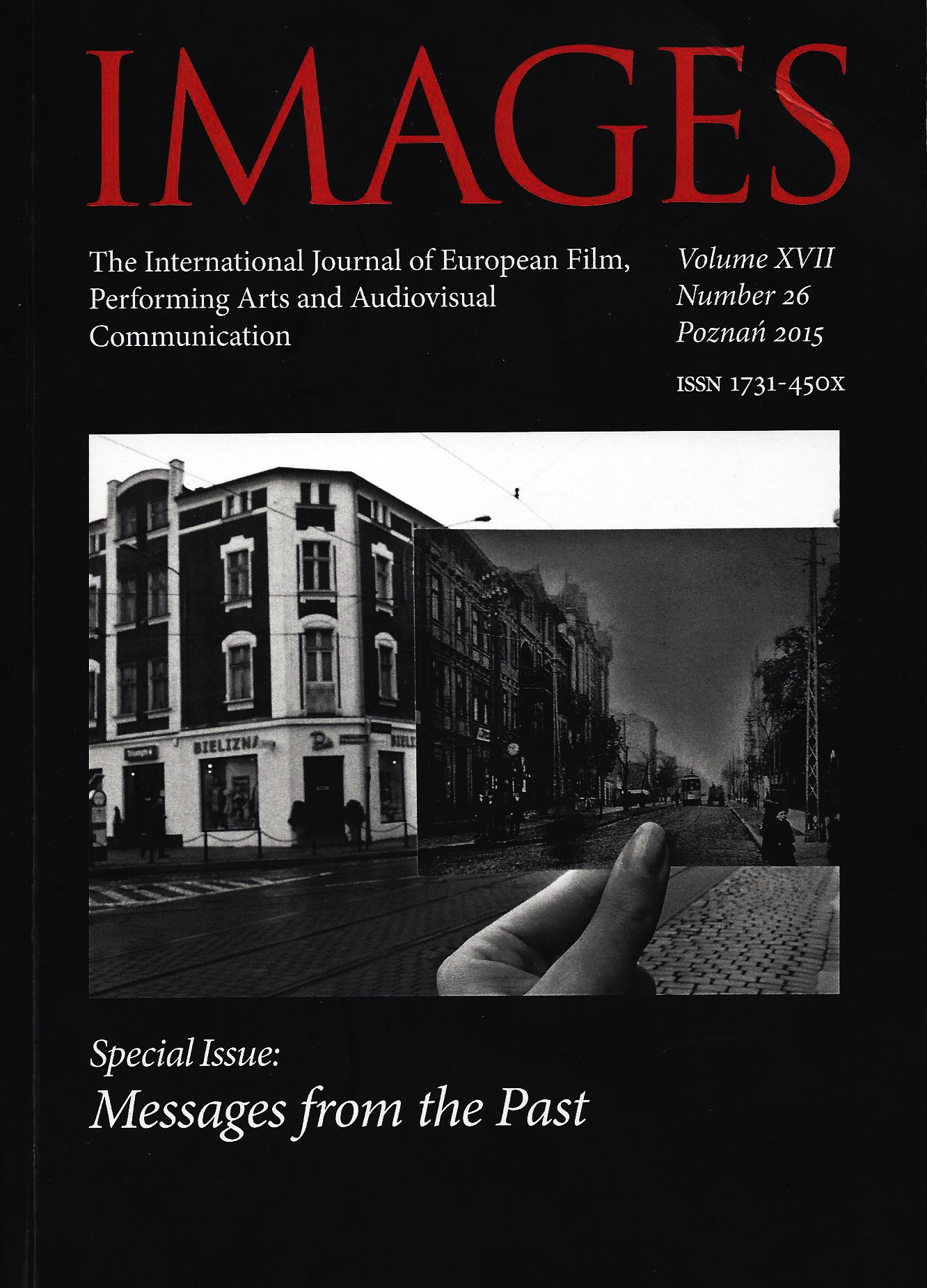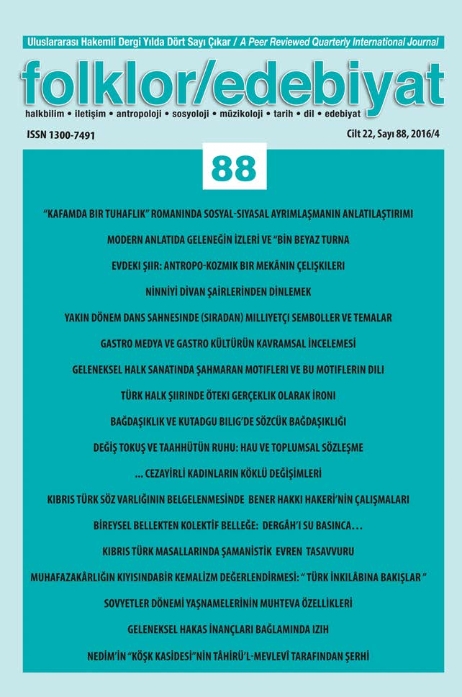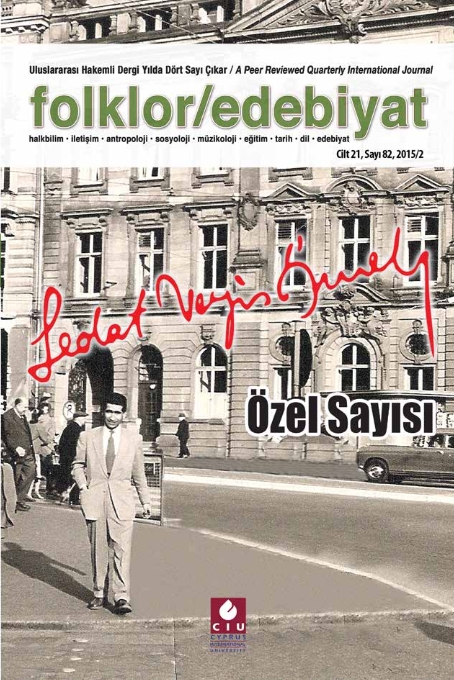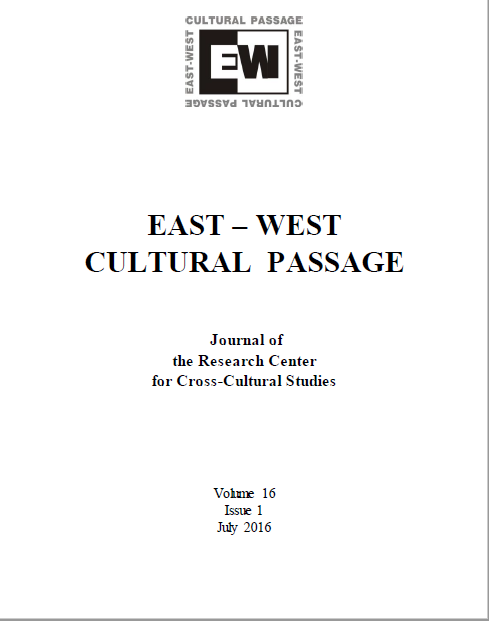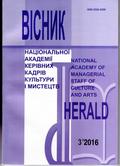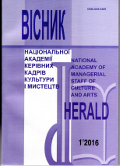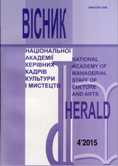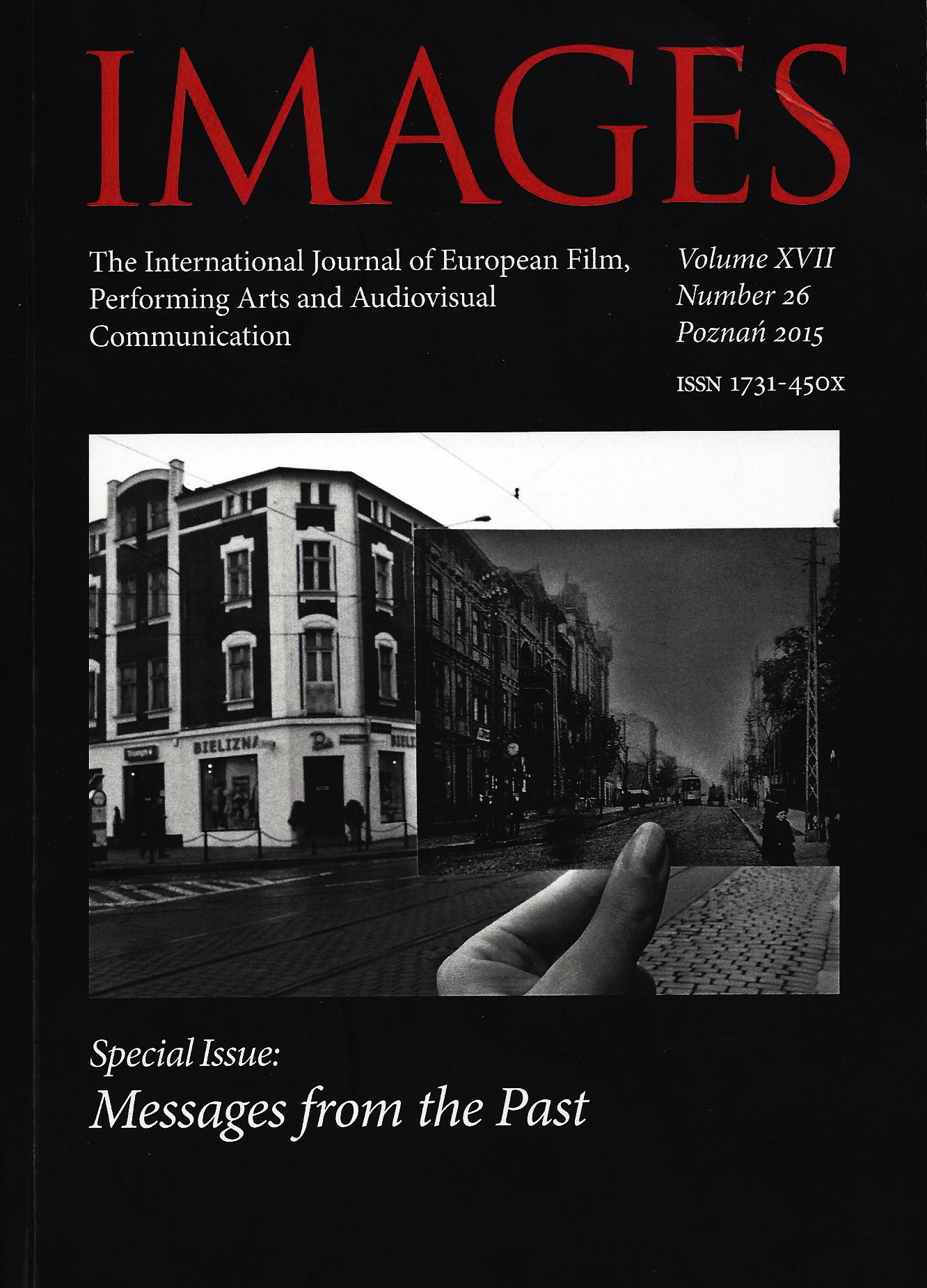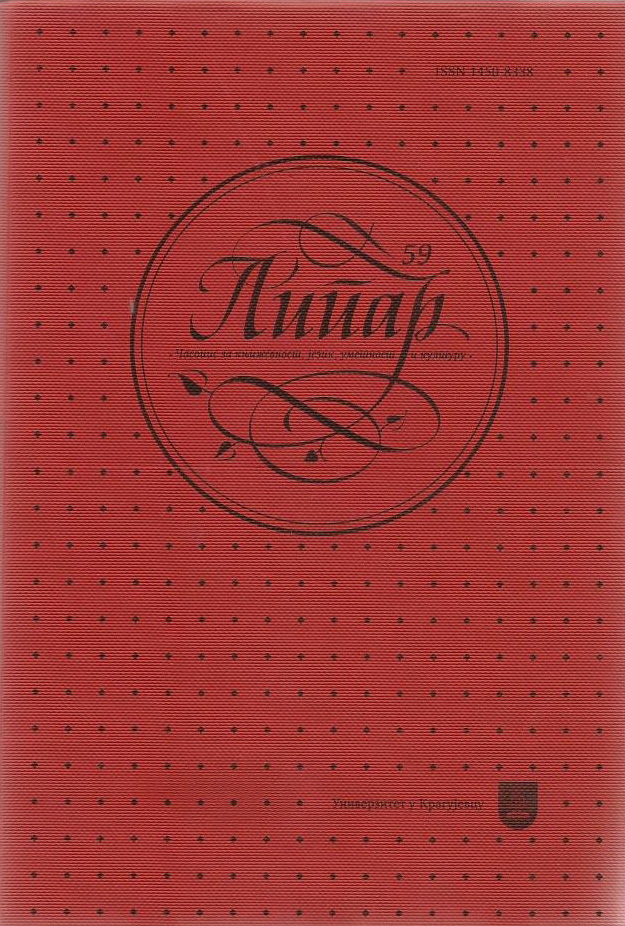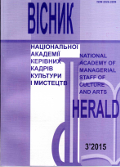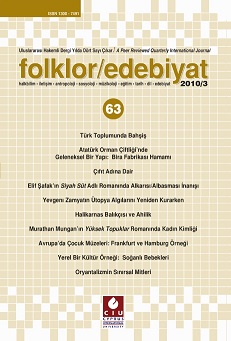Author(s): Svetlana Efanova / Language(s): Ukrainian
Issue: 4/2015
Ball culture is one of the most popular topics in historical, culturological and art studies of late XX – early XXI century. Key choreographic aspect of balls was considered by many theorists and practitioners of the art of dance, but the priority was given to the methodical direction of investigation, resulting in numerous verbal graphic records of ballroom dances (M. Ivanovsky, M. Vasilieva-Rozhdestvenska, A. Shulgin, etc). And although art theoretical works on the subject appeared recently (О.Zakharov, A. Kolesnikov, E. Uvarov, etc.), there is no comprehensive study established, specifically dedicated to the ballroom-dancing culture itself (in the original sense of the term "ballroom dance", excluding derivative forms and contemporary dance sport). Deviation from specialty methodologу and development of a conceptual level of ballroom dance studies is one of the most crucial issues of choreology.The article substantiates an extrapolation of the main points of Johan Huizinga’s play-concept into ballroom-dancing culture.Play and dance cultures closely intersect in the genesis, thus we can suggest a certain similarity in their properties. The play was expressing itself in many elements of ballroom etiquette – in costume, accessories, demeanour, gestures, etc.Under the play we understand the type of non-productive free activity, which encloses a forgotten symbolic meaning, unfolds in the special space and time in the form of either competition or performance (role playing) of different situations according to voluntarily accepted but steadily followed rules and is opposed to utilitarian practical activity. Fundamental points for determination are based on the fundamental culturological concept of the play by the Dutch historian and culture expert, Johan Huizinga. Extrapolating the main features of the play defined by Huizinga in the ball scope, we can consider to some extent both the whole ball system and its separate component, namely ballroom dancing, as a play.According to Huizinga, the play is based on imaginative transformation of reality, on attempt to reveal these images in the play. If we consider etiquette requirements for persons of different sex, age, social status, etc., we can speak about certain "imaginative" roles, whose interaction leads to the formation of the integral play complex of ball .Any play, according to Huizinga, is a free expression of a person, a forced action can not be a play. Despite some difficulties with the introduction of balls in the time of Peter I and their further standartizaion, participants attended them on their own volition, in fact, with pleasure.The repetition, according to Huizinga, is a significant feature of the play, which spreads not only on the play itself (a ball can be repeated many times on the same rules), but also on its internal structure (repetition of certain fragments of passages, figures, dances on tanzmeister’s instruction).The space limitation is even more distinctive than the time limition, since any play takes place in a predetermined play space, where there are special rules. The play space inside is predominated by a characteristic perfect order.A certain duality of ball (strict regulation in combination with certain liberties, desire for freedom) can be distinguished.Strain is one of the leading features of the play, the strain element is veiled at the ball, but present (the desire to be the best performer of the dance, to get a partner who you feel sympathetic to, to gain fame, to establish contacts for further settlement of family, employment, financial problems, etc.).Each play has its own rules, different rules are inherent for court balls, masquerade balls, charitable, and social ones, etc. The dance, according to Huizinga, is actually a play in the full sense of the word, moreover, is one of the purest and most advanced its forms. He considers dances, performed by the dance couple at the ball, to be the best example for play features, because there is a rhythmic alignment and a move, e.g. in the quadrille or minuet.
More...
